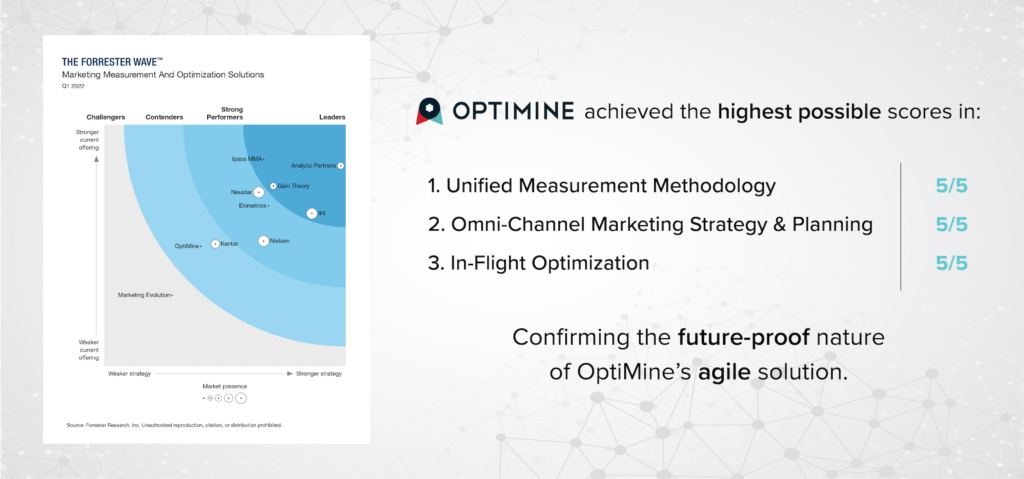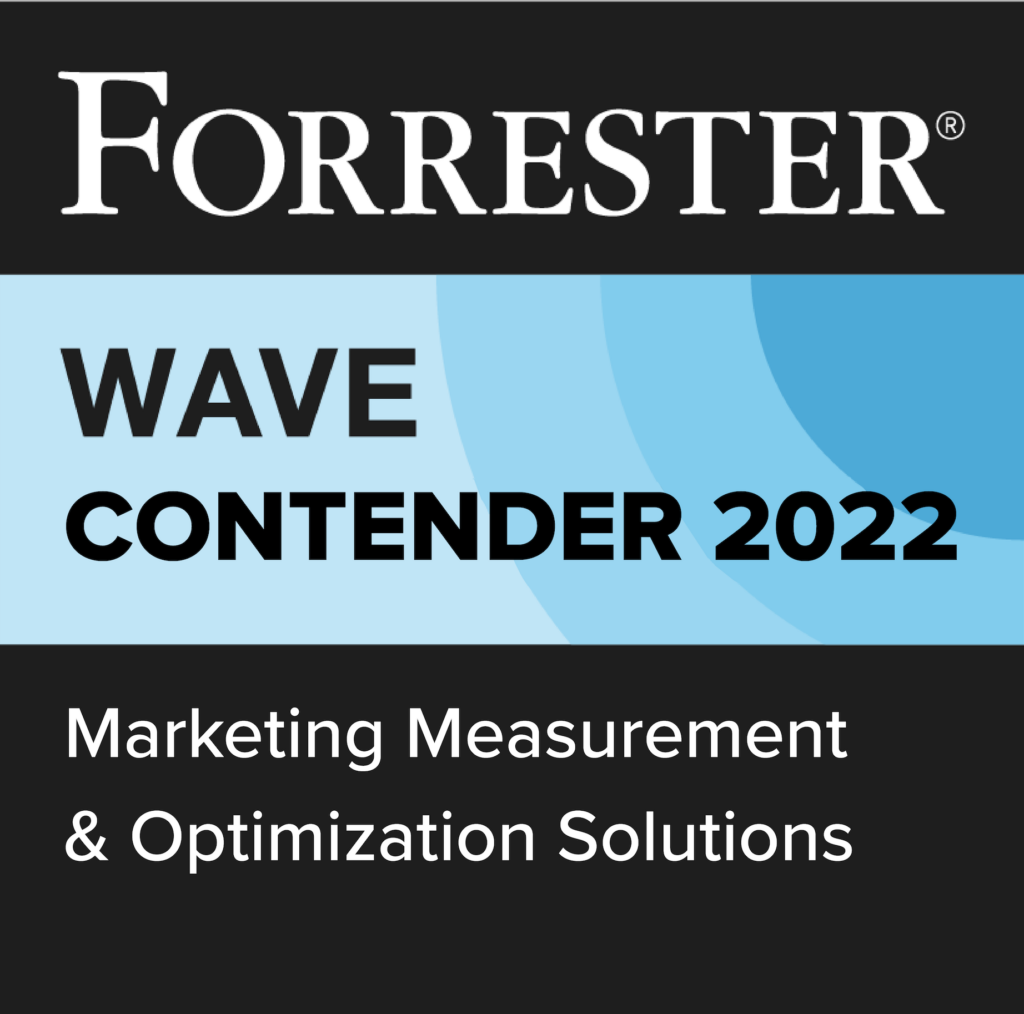Marketing/Media Mix Modeling FAQ
02/24/2022

See below for answers to all of the most frequently asked questions about Marketing/Media Mix Modeling (MMM), courtesy of OptiMine.
What is Marketing Mix Modeling (MMM)?
Marketing Mix Modeling, also known as Media Mix Modeling— or “MMM” for short— is a statistical method for building predictive models using multi-variate regression. The models evaluate media impressions and spend, non-marketing factors such as economic conditions or other elements that move business performance more broadly, and converting activity over time to measure the contributions of each of these elements towards conversions (sales, traffic, customer acquisitions, engagement, branding impacts, etc.). These measures then allow the marketer to understand potential outcomes by evaluating different marketing investment levels or other scenarios.
When and Where is Marketing/Media Mix Modeling Used?
Marketing Mix Modeling is best used when a brand wants to understand and measure the incremental contributions of their marketing, and in particular, when the brand has a mix of digital and traditional marketing channels as well as online and offline conversion points. With a more complex media mix, MMM is an ideal fit and can handle this kind of marketing complexity, and most importantly can help the brand get more performance and efficiency from their marketing budget.
Can MMM be Used to Measure Digital Marketing?
Yes. Marketing Mix Modeling can be used to measure a mix of both digital and traditional media. And modern MMM solutions, like those from OptiMine, can measure digital campaigns in deep levels of detail.
Why is Marketing/Media Mix Modeling Important?
Marketing Mix Modeling (MMM) is an important part of any marketing plan, because it allows you to measure past performance (product: OptiMine Insight) and chart a path for future success (product: OptiMine Intent).
What is Marketing Optimization?
Simply put, Marketing Optimization is the method of optimizing the various parts of a marketing campaign or budget to get the most performance out of your spend.
How does Marketing Optimization work?
More specifically, Marketing Optimization is the process of improving the marketing efforts of an organization (by optimizing the various parts of marketing campaigns) in an attempt to maximize the desired business outcomes. The optimization process works by simultaneously evaluating every marketing effort against a desired outcome and automatically considers thousands or even millions of potential decisions about campaigns, investment levels, timing, channels etc. to determine the optimal mix of investments to drive the best overall performance.

“References are happy with the tool’s speed, flexibility, and ease of use. And they told us that OptiMine’s fast data integration and data access is a selling point because advertisers need to maneuver data within their own environment.”
– The Forrester Wave™
To read the full report, click here.

Interested in learning about how OptiMine’s agile solution can help you and your brand? Contact us today!
Resources:
- “What is Google Topics?” Blog Post
- “Selecting a Marketing Attribution Tool” Blog Post
- “Marketing Attribution FAQ” Blog Post
- “What is Incrementality in Marketing?” Blog Post
- OptiMine On-Demand Webinar: “Apple’s ATT Changes Are Now Live. Learn How It’s Impacting Brands’ Measurement, Performance, & How to Move Forward”
-
OptiMine x TickPick On-Demand Presentation: “ARF Measurement Challenges Showcase”

